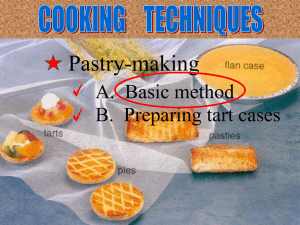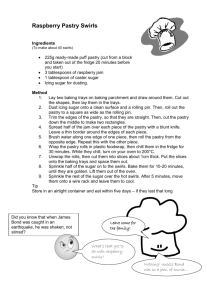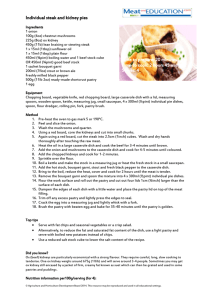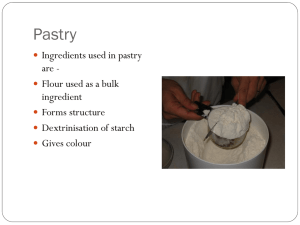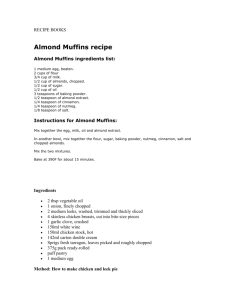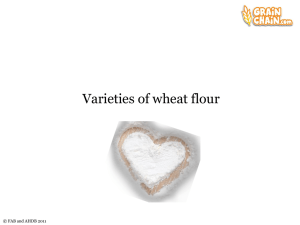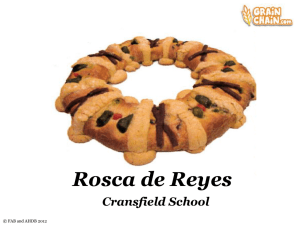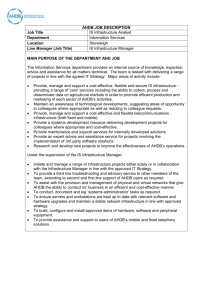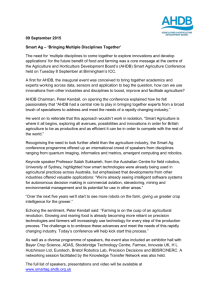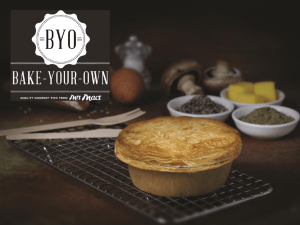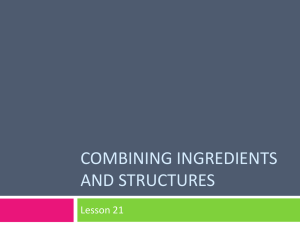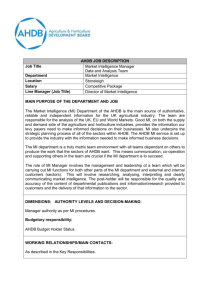Types of Pastry: Filo, Shortcrust, Choux & More
advertisement
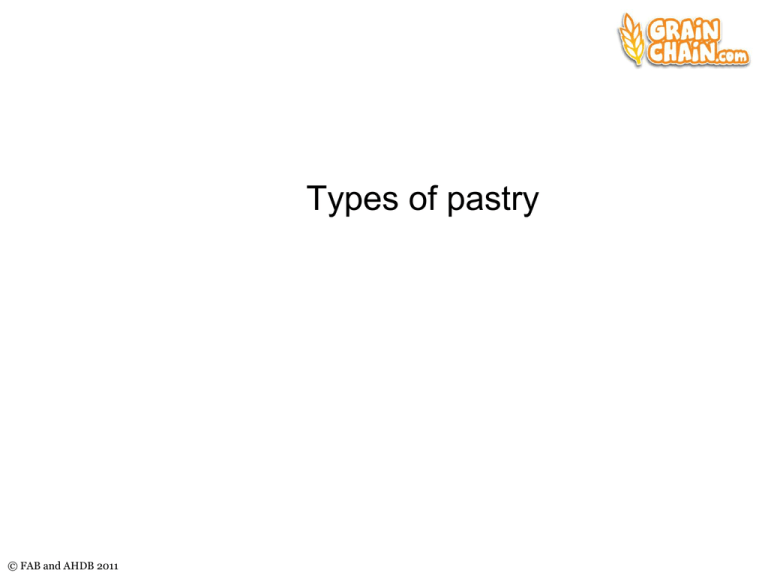
Types of pastry © FAB and AHDB 2011 Filo pastry This is made with high gluten content flour by hands gently rolling, stretching or pressing the dough into very thin sheets. It is a thin and fragile pastry that dries out quickly. Examples: samosas, baklava, borek and spring rolls © FAB and AHDB 2011 Short crust pastry Fat is rubbed into the flour using fingertips or a food processor before adding liquid. The pastry is rested and chilled before being used. © FAB and AHDB 2011 Examples: savoury and sweet pies, tarts and flan Choux pastry Fat is boiled with a water mix before flour is quickly added. This mixture is then beaten and eggs are slowly added. The mixture is piped onto a baking tray. After being baked the pastry is pierced to release the steam. © FAB and AHDB 2011 Examples: Cream buns, éclairs and profiteroles. Hot water crust pastry Plain flour, salt, egg yolk and lard melted with hot water. The pastry can be used to line deep tins of moulded over containers while still warm. © FAB and AHDB 2011 Examples: Pork pie and other meat pies. Rough puff or flaky pastry Examples: sausage rolls, savoury pie crusts and tarts. The pastry is baked at a high temperature initially and then finished being baked at a slightly cooler temperature. © FAB and AHDB 2011 Suet crust pastry Examples: steak and kidney pudding, spotted dick pudding and treacle pudding. © FAB and AHDB 2011 This pastry is made with self-raising flour, shredded suet and sometimes white breadcrumbs. Suet crust pastry should have a light spongy texture.
